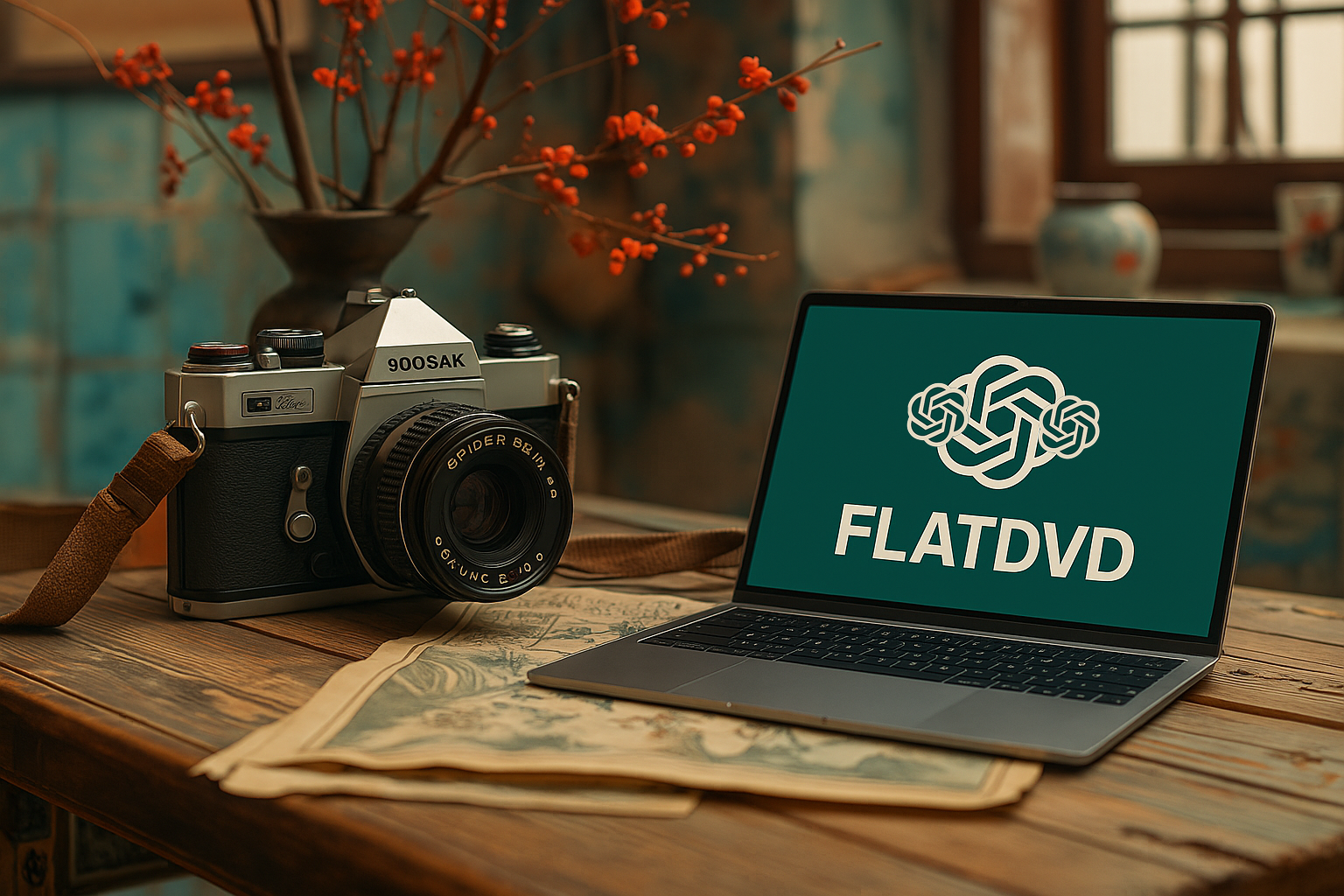Artificial Intelligence (AI) has begun to reshape many aspects of our lives, and photography is no exception. For some, this shift feels exciting and full of promise; for others, it raises questions about the future of a craft so deeply tied to human intuition and storytelling. Yet, whether we welcome it with enthusiasm or approach it with caution, AI is becoming part of the photographic journey… changing not only how we capture images but also how we process, plan, and share them.
Will AI Replace Photographers?
The question lingers in many conversations: will AI eventually replace photographers? History gives us some perspective here. Every major innovation, whether the arrival of electricity, the invention of film, or the rise of digital cameras, was first met with skepticism. Each appeared to threaten established practices, and yet, in time, each became a tool that expanded the boundaries of creativity rather than diminished them.
AI seems to be following a similar path. Instead of eliminating the role of the photographer, it is altering the way work is approached. A photographer familiar with AI-assisted workflows may process hundreds of images in the time another processes only a handful. In filmmaking, a small team armed with AI tools can produce visual effects that once required entire studios. The change is not about machines replacing people, but about how humans and AI can collaborate to unlock new levels of efficiency and imagination.
Lessons From History
When photography itself was invented in the 19th century, many painters were shaken. A machine could suddenly capture reality in seconds, something they had spent years perfecting with brush and canvas. The French painter Paul Delaroche is even said to have remarked, “From today, painting is dead,” upon seeing a daguerreotype for the first time.
But painting did not die. Instead, it evolved. Artists began moving away from strict realism and explored impressionism, expressionism, abstraction, forms of art that no camera could replicate. Photography pushed painting to discover new voices, and in doing so, both art forms thrived.
Perhaps AI is offering photography a similar challenge. Rather than replacing it, AI may simply nudge us toward fresh directions, while also reminding us what makes authentic, human-made imagery so powerful.
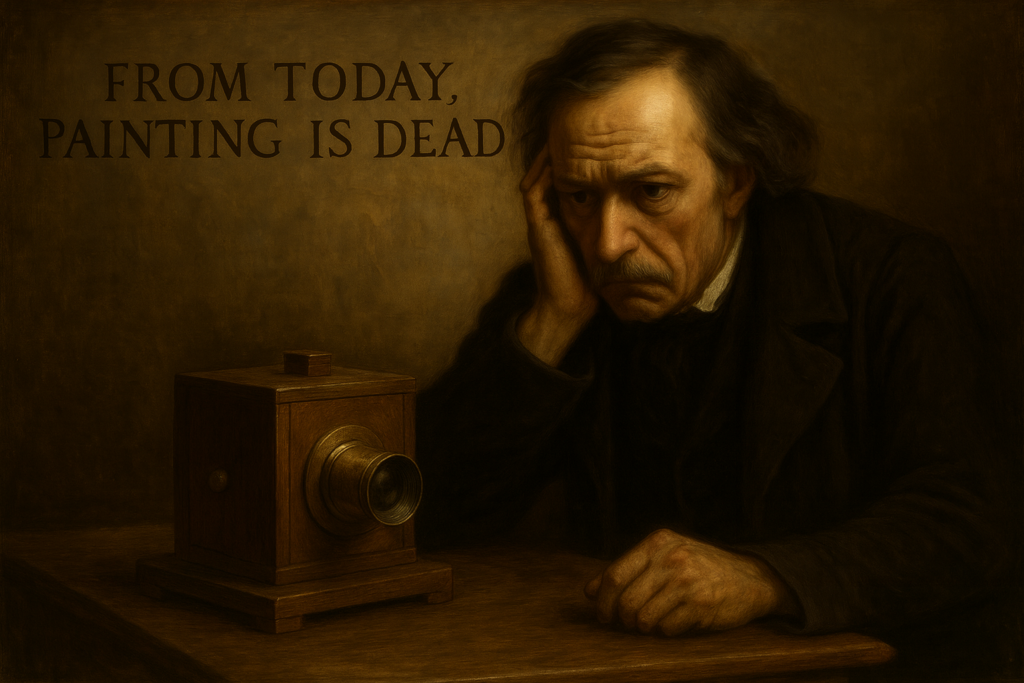
The Rise of Intelligent Cameras
Modern cameras now carry extreme levels of artificial intelligence that would have been unimaginable just a decade ago. Autofocus systems detect eyes, faces, animals in motion and can also perform predictive movement based focus functions with extraordinary accuracy. One can register human faces and the camera can accurately focus on registered faces from a crowd of hundreds. Scene recognition adjusts exposure for landscapes, portraits, or nightscapes instantly. Some models even analyze bursts of images and suggest the sharpest frame and can automatically cull images that are not the bests. There are features available now for in camera upscaling, noise reduction, RAW processing, resizing and so much more.
For photographers in the field, whether documenting wildlife, travel, or fast-moving events, these features are more than conveniences. They allow us to focus on the essence of the craft: anticipating moments, framing stories, and preserving atmosphere, while the camera quietly handles much of the technical precision.
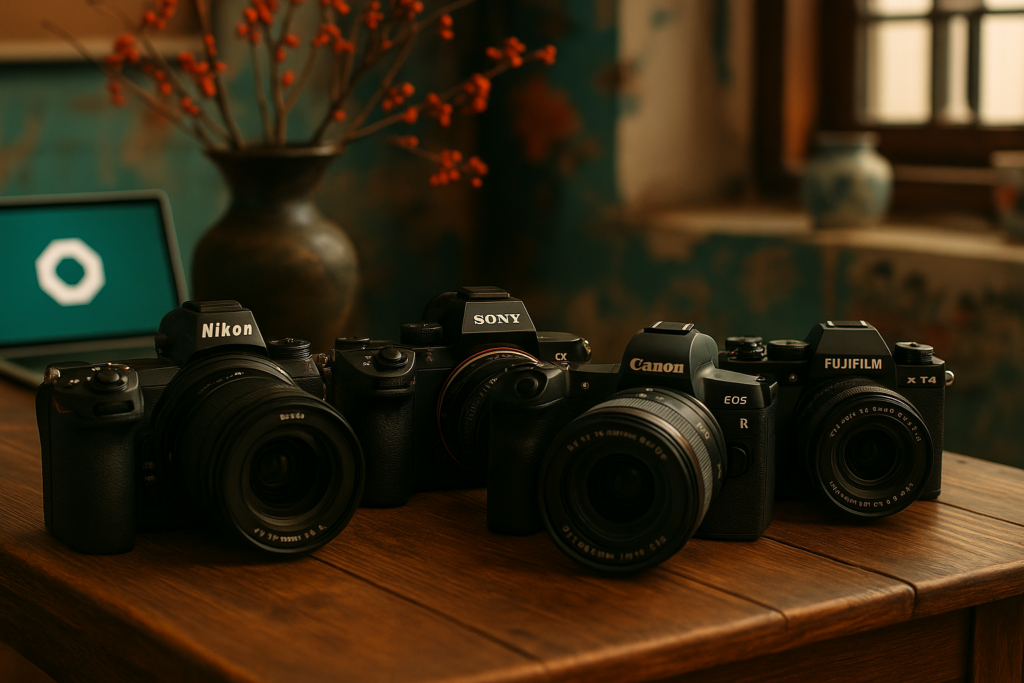
AI in Post-Processing
The editing desk, once a place of painstaking repetition, has also been transformed by AI. Tools that can automatically mask skies, isolate subjects, or reduce noise have streamlined processes that used to consume hours. Intelligent upscaling preserves detail even as images are enlarged, while generative tools offer ways to repair or reinterpret photographs that might otherwise have been discarded.
Of course, the degree to which one leans into these tools remains personal. Some photographers may use AI sparingly, valuing subtle enhancements. Others may embrace its more creative capabilities, pushing into new visual territory. Either way, AI is less about dictating a style and more about broadening the palette from which photographers can choose.
Where AI Finds Its Place, and Its Limits
There are certainly areas where AI-generated imagery is beginning to take root. Commercial photography, stock catalogs, and certain advertising campaigns increasingly turn to AI because it is faster and less costly.
But in genres where authenticity and lived experience are essential – wildlife, travel, documentary, conservation, the story is different. The quiet anticipation of a sunrise, the rush of wings as birds lift from a lake, the chance encounter with an animal in its natural habitat: these are experiences AI cannot recreate. Equally important is trust. In spaces where truth matters, audiences seek assurance that what they see is real.
This may well shape the evolving role of photographers. Some will step into the position of creative directors, focusing on vision rather than execution. Others may blend real images with AI enhancements to create hybrid art. And many will find value in being guardians of authenticity, upholding the credibility of photography in a time when synthetic images are increasingly common.
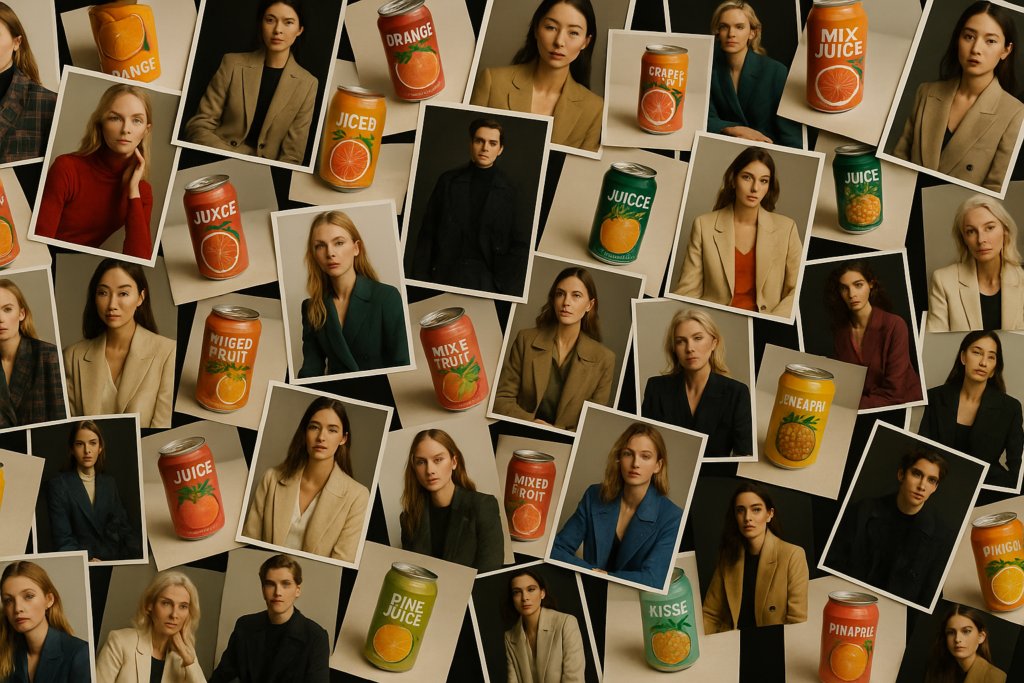
AI in the World of Photography Tours
For those who love exploring the outdoors with a camera in hand, photography tours have always been about more than just pictures. They are journeys into landscapes, ecosystems, and cultures, guided by patience, curiosity, and a shared love of learning. AI is beginning to weave itself into this world, not as a replacement for the experience, but as a quiet companion that makes the journey smoother.
Planning, for instance, has changed dramatically. AI-powered tools can now design itineraries tailored specifically for photographers, predicting golden hours, moon phases, and even star alignments for astrophotography. Weather forecasting has become more precise, helping groups anticipate conditions and maximize their time in the field. What once required multiple recce trips can now be prepared with remarkable accuracy before anyone even leaves home.
In the field, AI extends this support. Autofocus systems track the eyes of a bird in flight or the movement of a running animal with stunning precision, while in-camera processing allows quick RAW conversions and edits that can be shared instantly. Identification apps such as Merlin Bird ID or iNaturalist help participants recognize the species they are photographing, whether it’s a rare bird perched on a branch, an orchid deep in the forest, or an insect discovered during a macro walk. These features not only enrich the experience but also turn every expedition into a classroom where technology and nature meet.
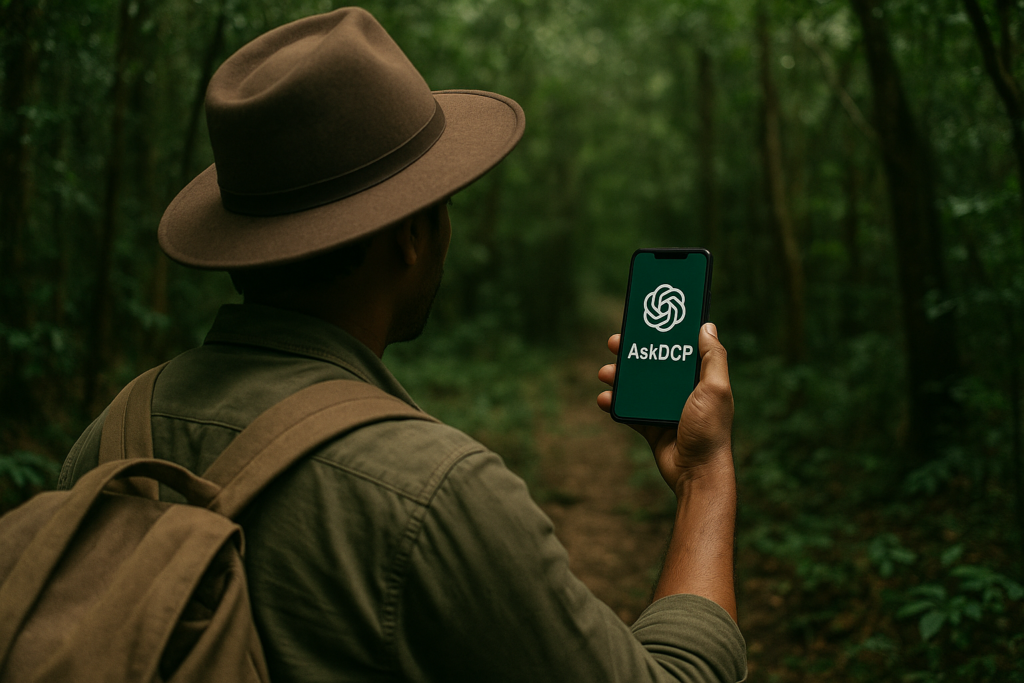
Back at camp or once the day’s shooting is over, AI also eases the process of storytelling. Tools now help design photo carousels, generate engaging captions, or prepare social media posts that participants can share with their own communities. For those joining DCP Expeditions Tours, this means returning home not only with extraordinary images but also with ready-to-share stories that capture the essence of the journey.
Adding to this spirit of innovation, DCP Expeditions has launched AskDCP, its official AI-assisted travel guide designed exclusively for clients. This platform allows participants to discover upcoming workshops and expeditions instantly, stay updated on events and announcements, get quick, reliable answers 24/7, no waiting, no guesswork and also learn smarter with a blend of AI efficiency and expert field knowledge
AskDCP is not just another chatbot. It has been built as a personal travel mentor, designed to make every journey inspiring, responsible, and unforgettable. For DCP’s community of photographers, it represents the perfect balance between cutting-edge technology and the wisdom of years spent in the field.
Of course, AI cannot replace the human side of these tours, the camaraderie among participants, the insights of mentors, or the thrill of witnessing nature unfold in real time. What it can do is quietly enhance the experience, ensuring that the focus remains on creativity, exploration, and connection. At DCP Expeditions, the role of AI is not to overshadow the adventure but to complement it, making each tour more rewarding while staying true to the heart of photography.
Looking Ahead
Perhaps the most meaningful role of AI in photography is that it asks us to reflect on what truly defines our craft. AI can bring speed, precision, and convenience, but it cannot replace vision, emotion, or the human instinct to tell stories.
Some photographers will embrace AI wholeheartedly, others will prefer a lighter touch. Both paths have value. What matters most is that creativity continues to evolve, shaped by the choices we make and the perspectives we bring.
Final Thoughts
AI is not an ending for photography, it is a continuation, a new chapter. While some areas may shift toward synthetic imagery, the soul of photography, the human presence, the experience of being there, the act of seeing, remains unchanged.
At its heart, photography has always been about capturing the world as we perceive it, about translating feeling into image. AI may walk beside us, offering new possibilities, but the stories, the emotions, and the authenticity will always be ours to tell.
And as platforms like AskDCP show, the future of photography tours lies in blending technology with tradition, making journeys not just efficient but inspiring, responsible, and unforgettable.
Author – Dr Caesar Sengupta, Founder DCP Expeditions

